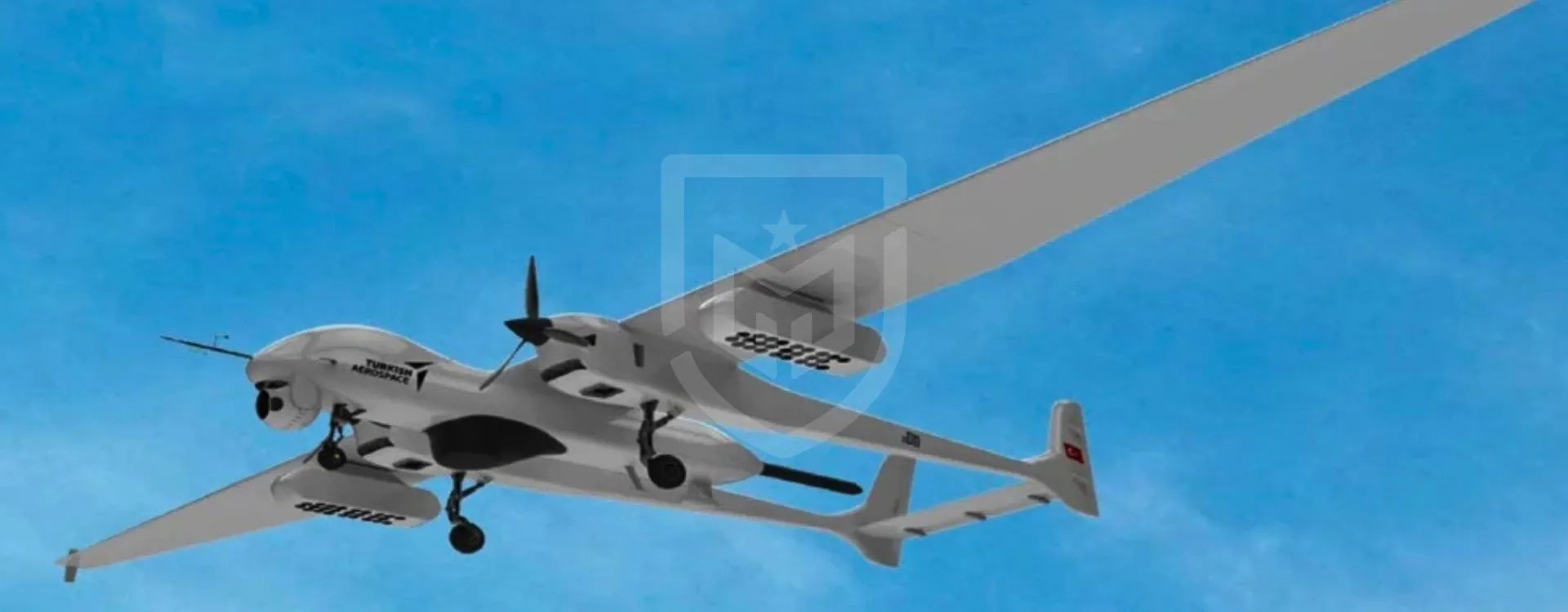

BREAKING NEWS

An unmanned patrol aircraft is a UAV purpose-built for patrol and surveillance missions, designed to watch wide areas for long periods at low cost and zero crew risk. Equipped with electro-optical/IR cameras, thermal imaging, synthetic aperture radar (SAR), AIS/ADS-B receivers, ELINT/COMINT, and AI-assisted target recognition, these platforms deliver real-time situational awareness day or night, even in clouds, haze, or smoke. The result is continuous detection–identification–tracking–reporting across borders, coasts, energy corridors, and critical infrastructure.
Key Use Cases
Border & coastal security: Wide-area scanning to combat smuggling and illegal crossings; over-water search and rescue.
Disaster & humanitarian response: Rapid damage assessment, route/bridge checks, and locating survivors.
Infrastructure & environment: Early wildfire warning, routine patrols of pipelines, dams, and mining sites.
Public safety: Mobile aerial overwatch for large events—a flexible alternative to tethered balloons/airships.
Advantages
Long endurance (8–30+ hours) and extended range (line-of-sight or SATCOM for BVLOS).
Lower operating cost with no aircrew exposure.
Live full-motion video and data for faster, better decisions.
How It Differs from an Armed UAV (UCAV/SİHA)
A UCAV carries weapons for strike missions. An unmanned patrol aircraft prioritizes intelligence, surveillance, and reconnaissance (ISR); kinetic engagement is absent or secondary.
Selection Criteria
Mission profile & endurance: Salt-air protection for maritime patrol; high-altitude/low-temperature performance for mountains.
Sensor suite: EO/IR + thermal, SAR for all-weather tasks, WAMI, laser rangefinder.
Communications: Encrypted datalinks, SATCOM redundancy, real-time FMV.
Security & certification: Cyber hardening, anti-jamming, airworthiness and airspace integration.
Ground segment & integration: GIS/command-and-control compatibility.
Logistics: MTBF/MTTR, spares, training ecosystem.
Limitations & Cautions
Vulnerable to electronic warfare and cyber threats: Use robust GNSS alternatives and inertial navigation.
Privacy & legal frameworks: Respect data protection, flight permissions, and airspace rules.
Weather sensitivity: Small/medium classes face wind and icing constraints.
Bottom line: An unmanned patrol aircraft delivers persistent surveillance, early warning, and rapid coordination, accelerating decisions from the field to the command center and reshaping security and disaster-response workflows.